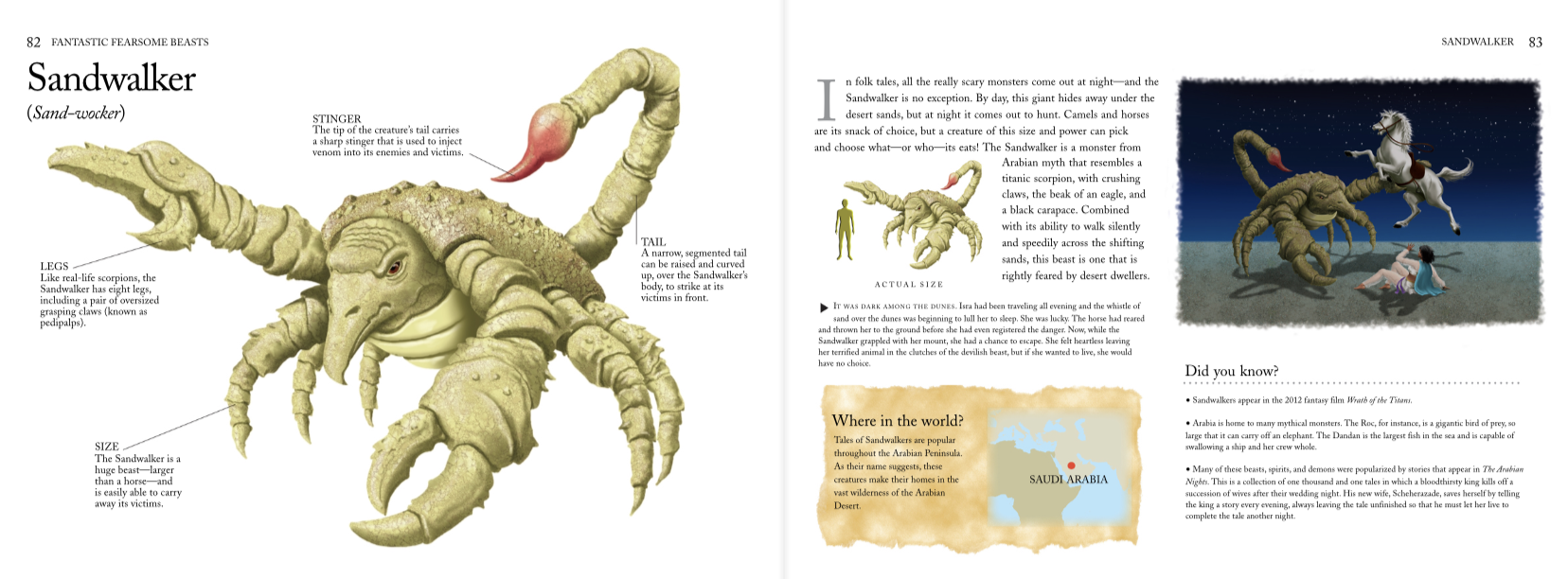

“By the time people come to work, all the birds are gone.” “It’s no wonder people don’t know this is an issue,” he says. On Mesure’s dawn patrol back in the ‘90s, he noticed gulls scavenging the bird bodies. A good proportion of those fatalities happen during the day, but artificial lighting makes the night deadly, as well-and the effect can be surprisingly tough to see.

Sparrows, ovenbirds, juncos, warblers, kinglets, and creepers are just some of the species on the casualty list. Mesure, who co-founded the nonprofit Fatal Light Awareness Program (FLAP), estimates that Toronto’s buildings kill tens of thousands of birds a year.
#HUNGRY SHARK EVOLUTION MAP TURTLE WINDOWS#
Blinded by glare or lured by artificial lights, disoriented birds fly into gleaming windows or smash into buildings, sometimes tumbling hundreds of feet to the pavement below. “Everywhere I looked, there were just bodies lying all over the sidewalks,” he recalls.Īs in many cities, Toronto’s nighttime lights are frequently lethal to birds. It was a fairly normal routine for Mesure, who often spent his daybreak hours collecting and cataloging the previous night’s casualties and attempting to rescue and rehabilitate the injured. One autumn morning back in 1990, just after dawn, Michael Mesure roamed Toronto’s financial district, walking the streets between the city’s tallest, brightest buildings. Photograph by Jeff Dai, The World at Night Fatal impact These wavelengths are also known to affect animals- including humans-more dramatically than lights emitting in other parts of the spectrum.Ĭovered in a blanket of low-lying clouds, Tak Bai, Thailand, is heavily illuminated at night, blocking the view of twinkling stars overhead that becomes visible only from outside the city. What’s more, the inexpensive white LEDs often found in street lights emit wavelengths of blue light that bounce around in the atmosphere, potentially increasing sky glow. People tend to overuse them and over-illuminate areas, and without proper shielding, these much brighter bulbs cast large amounts of wasted light in all directions. When Los Angeles recently replaced more than 150,000 streetlights with LEDs, the city saved roughly $8 million dollars annually, or more than 60 percent on energy costs.īut while LEDs are cheaper than previous alternatives, they come with hidden costs. Now, light-emitting diodes, or LEDs, are fueling an indoor and outdoor lighting revolution that could see energy consumption drop dramatically both for individual consumers and entire cities. “It’s a place where you can reduce energy consumption with basically no loss to anyone.”įor indoor lights, the switch to new kinds of bulbs has often been about energy savings, as homeowners moved from conventional incandescent bulbs to cheaper, brighter alternatives such as compact fluorescents. “You would think that environmental organizations would be all over light pollution, because it’s just such a complete waste,” says Christopher Kyba of the German Research Center for Biosciences. And in some areas, substantial improvements are already in place, powered by a new wave of cheaper, more energy-efficient light bulbs.


Now, as the consequences of light pollution tiptoe from the shadows and into the spotlight, cities, regulatory agencies, and conservation groups are agitating for solutions. We lose that sense of stillness and awe that should be right over our heads every night.” “We lose something essential we lose a part of ourselves when we lose access to the night sky. “The disappearance of the night sky is tied up in our ever more fast-paced world,” says Amanda Gormley of the Tucson-based International Dark-Sky Association. And in a primal sense, we’ve lost our connection to nighttime skies, the tapestries into which our ancestors wove their star-studded stories, timed the planting and harvesting of crops, and deduced the physical laws governing the cosmos. We’re endangering ourselves by altering the biochemical rhythms that normally ebb and flow with natural light levels. The excess light we dump into our environments is endangering ecosystems by harming animals whose life cycles depend on dark. But if light bulbs have a dark side, it’s that they have stolen the night.


 0 kommentar(er)
0 kommentar(er)
